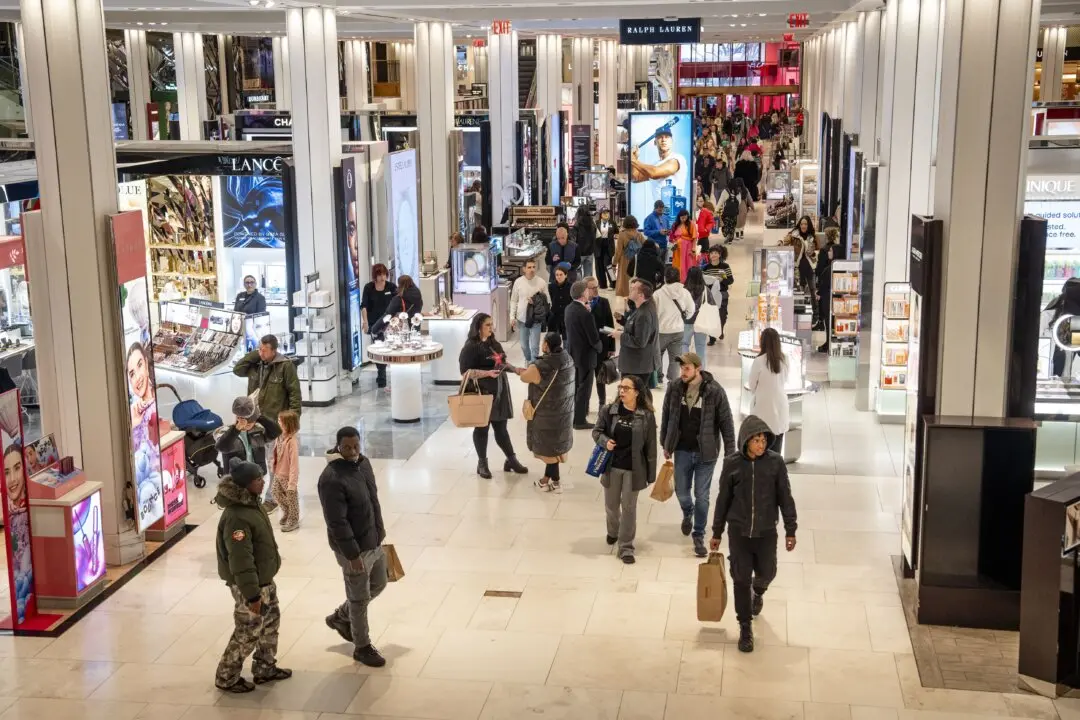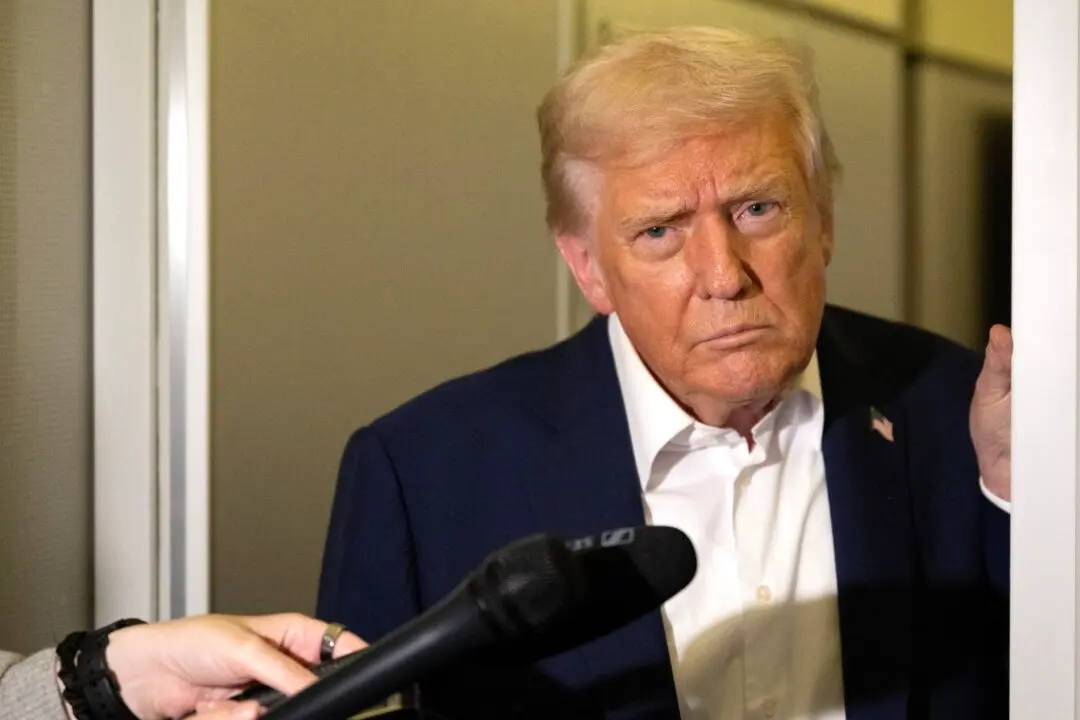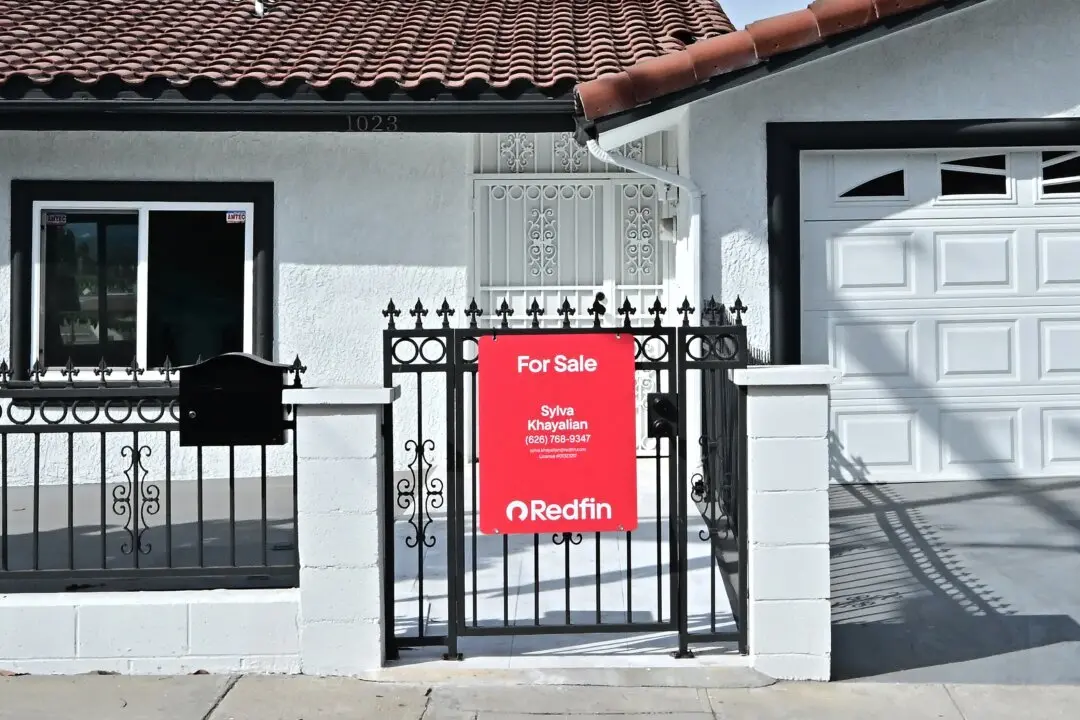A group of top Democratic Party pollsters released a public statement Tuesday acknowledging “major errors” in their 2020 polling, while venturing several theories they believe may account for the blunders.
“In 2020, our industry saw major errors and failed to live up to our own expectations,” said the statement by ALG Research, Garin-Hart-Yang Research Group, GBAO Strategies, Global Strategy Group, and Normington Petts.





